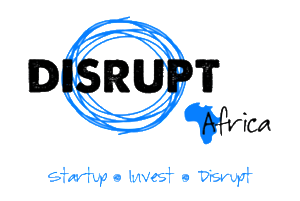Investors in the South African ecosystem should stop focusing solely on fintech innovation, and look to making more healthtech investments, according to Rob Heath, principal at investment and advisory firm HAVAIC.
Interest in South Africa’s fintech sector has escalated – rightfully so – Heath says, driven by the world class financial services and innovation on offer in the country.
The rise of blockchain technologies, widespread adoption of cheap smartphones, and stronger encryption methods have opened the local financial sector for disruption, and South African innovators have responded to this, he says.
However, while investor interest has concentrated mostly on fintech, the healthtech sector is being largely ignored, whereas these same trends also mean the health sector is primed for tech-fuelled innovation.
“Why doesn’t healthtech create the same buzz? Not sexy enough?” Heath says.
“Looking at South Africa’s healthcare environment, we have world class doctors, surgeons, researchers and medical institutions, and the technologies of blockchain, encryption and widespread smartphone adoption could be utilised in the healthcare environment to the same leveraging effect as in the financial sector.”
As such, HAVAIC has identified healthtech as a strategic target sector for investment – and is in the process of closing on three South African healthtech investments – and encourages more investors to look to the e-health space.
Having recently hosted a seminar on South African healthcare, HAVAIC said discussions with entrepreneurs, legal experts, investors, health sector experts and consultants have enabled the organisation to distill four niche areas ripe for disruption.
The first focal area identified is improving communication – particularly via mobile – between patients and their doctors, as well as between healthcare practitioners.
The second area is diagnostic support – the utilization of technologies to assist in diagnosis.
Innovation should also focus on the consumerisation of healthcare, ensuring patients are informed, increasing transparency and choice, as well as creating the ability to individually monitor patients and access personalised health records.
Finally, the regulatory environment is in need of disruption, in particular around POPI (Protection of Personal Information), compliance, potential liabilities of new technologies, and the use of data and underwriting implications.


